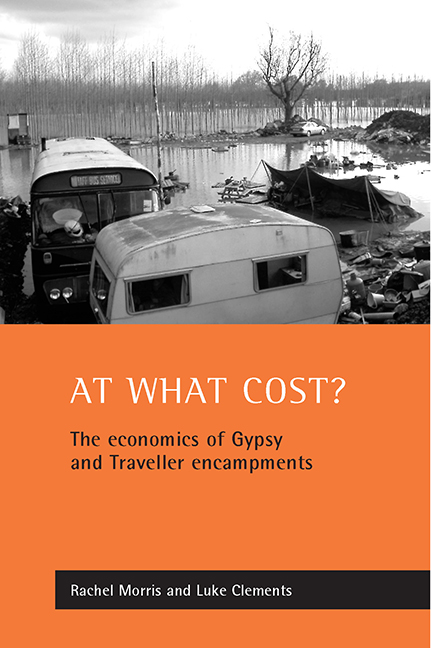Book contents
- Frontmatter
- Contents
- List of tables
- Preface
- Acknowledgements
- List of acronyms
- Dedication
- one Introduction
- two Past and present law
- three The costs to local authorities
- four The costs to others
- five Best Value
- six Rights, race relations and Best Value
- seven Conclusion: obstacles and opportunities
- References
- Appendices
- Index
- Also available from The Policy Press
H - DETR and Audit Commission 2000/01 Best Value Performance Indicators relating to race equality issues
Published online by Cambridge University Press: 20 January 2022
- Frontmatter
- Contents
- List of tables
- Preface
- Acknowledgements
- List of acronyms
- Dedication
- one Introduction
- two Past and present law
- three The costs to local authorities
- four The costs to others
- five Best Value
- six Rights, race relations and Best Value
- seven Conclusion: obstacles and opportunities
- References
- Appendices
- Index
- Also available from The Policy Press
Summary
Introduction
There are at least 29 performance indicators that relate to racial equality issues in this year's DETR/Audit Commission's set of performance indicators. The LARRIE (Local Authority Race Relations Information Exchange) database holds many examples of local authorities that have developed policies and practices for responding to these indicators, ranging from adoption of the CRE Standard to using the 2001 Census ethnic group categories to monitor recruitment and selection.
For further information please send an e-mail to (author of this briefing note) [email protected] or ring 020 7296 6779.
Performance indicators
Corporate health BVPIs
BVPI2: The level of the Commission for Racial Equality's ‘Standard for Local Government’ to which the authority conforms.
Definition: This performance indicator refers to the provision of services to the community.
BVPI3: The percentage of citizens satisfied with the overall service provided by their authority.
Definition: See section 3 for survey requirements.
BVPI4: The percentage of those making complaints satisfied with the handling of those complaints.
Definition: See section 3 for survey requirements.
BVPI17: Minority ethnic community staff as a percentage of the total workforce.
Definition: Local authorities should use the 2001 Census ethnicity categories and include staff in schools.
Police authority corporate health Pls
BVPI25: The percentage of minority ethnic community police staff in the force and the percentage of minority ethnic community population of working age in the force area.
Definition: ‘Minority ethnic population of working age’ is based on persons aged 18-54, from the Labour Force Survey (1996-98 12 quarters – as published by the Home Office on 28 July 1999 in Race equality – the Home Secretary's employment targets published under section 95 of the 1991 Criminal Justice Act).
Single-service fire authority corporate health Pls
BVPI2: The level of the Commission for Racial Equality's ‘Standard for Local Government’ to which the authority conforms.
Definition: This performance indicator refers to the provision of services to the community.
BVPI3: The percentage of citizens satisfied with the overall service provided by their authority.
BVPI4: The percentage of those making complaints satisfied with the handling of those complaints.
BVPI17: The percentage of minority ethnic community uniformed staff and the percentage of minority ethnic community population of working age in the brigade area.
- Type
- Chapter
- Information
- At What Cost?The Economics of Gypsy and Traveller Encampments, pp. 145 - 150Publisher: Bristol University PressPrint publication year: 2002

